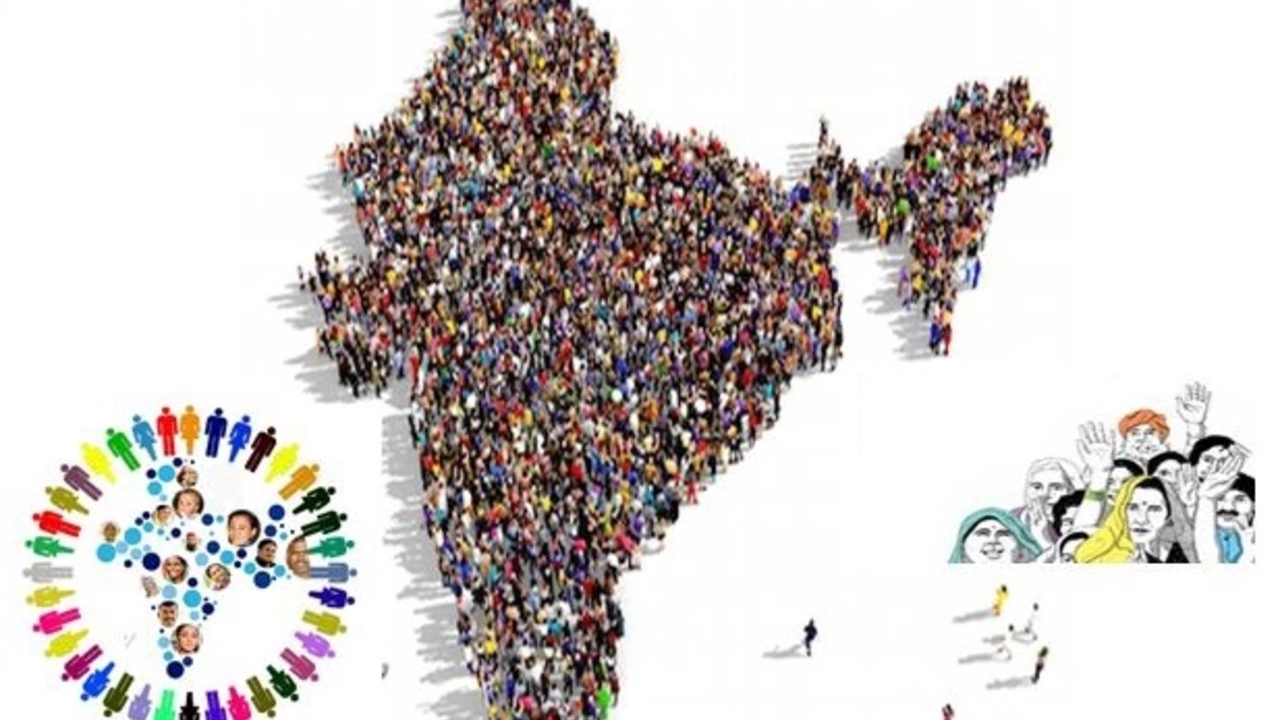India's population is absolutely booming, and it's like a never-ending festival over there! It's all because of an exquisite mix of factors - the country's youthful age structure, declining mortality rates, and cultural norms favoring large families. It's as if Mother Nature took one look at India and said, "You know what? I think I'll throw a party, and everyone's invited!" So, let's not forget, folks, behind these numbers are vibrant, diverse people, just like you and me. India, with its bustling, teeming masses, is just living life in high density!
Demographics and Population Studies: What You Need to Know
Ever wonder why some countries feel crowded while others seem empty? That's the world of demographics – the study of who we are, where we live, and how fast we’re growing. Knowing these numbers helps businesses decide where to open a store, governments plan schools, and health services know where to send help. In short, demographics shape everyday life.
Key Drivers of Population Change
Three things mostly decide whether a population shrinks or swells: births, deaths, and migration. When more babies are born than people die, the number goes up. Better health care, clean water, and vaccinations lower death rates, especially in younger age groups. Migration—people moving in and out—adds another layer. A country that attracts workers will see growth even if its birth rate is low.
Age structure matters, too. A youthful population means a bigger workforce soon, but also higher demand for schools and jobs. An aging population, like in Japan, pushes the need for retirement care and slows economic growth. These patterns are easy to spot once you look at a simple age‑pyramid chart.
How Demographic Data Shapes Policy
Governments use demographic data to decide where to build roads, how many teachers to hire, or where to place hospitals. For example, if a city’s census shows a spike in families with kids, the local council might add a new elementary school. Likewise, a rise in elderly residents could spark plans for senior centers and accessible transport.
Businesses watch these numbers, too. A retailer planning a new outlet checks population density, average income, and age groups to predict sales. Even tech firms use demographics to guess where new internet users will appear next.
One real‑world case that illustrates all this is India’s booming population. The country’s youthful age structure, falling mortality rates, and cultural preferences for larger families combine to keep numbers climbing. This growth fuels a massive labor force, which attracts foreign investment and drives consumer demand. At the same time, it puts pressure on housing, schools, and health services, forcing policymakers to act fast.
India’s story also shows how cultural norms can tip the balance. In many regions, having more children is seen as a sign of security and status. When you pair that mindset with better health care, the birth rate stays high while death rates drop, creating a perfect storm for rapid growth.
So what should you take away? Demographics aren’t just abstract statistics; they’re the pulse of a nation. By watching birth rates, death rates, migration trends, and age distribution, you can anticipate what’s coming next – whether it’s a new shopping mall, a school expansion, or a government health program.
Keep an eye on the latest demographic reports, and you’ll spot opportunities before they become obvious. That’s the real power of population studies: turning numbers into actionable insight.
